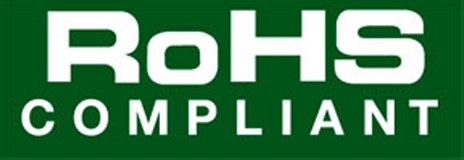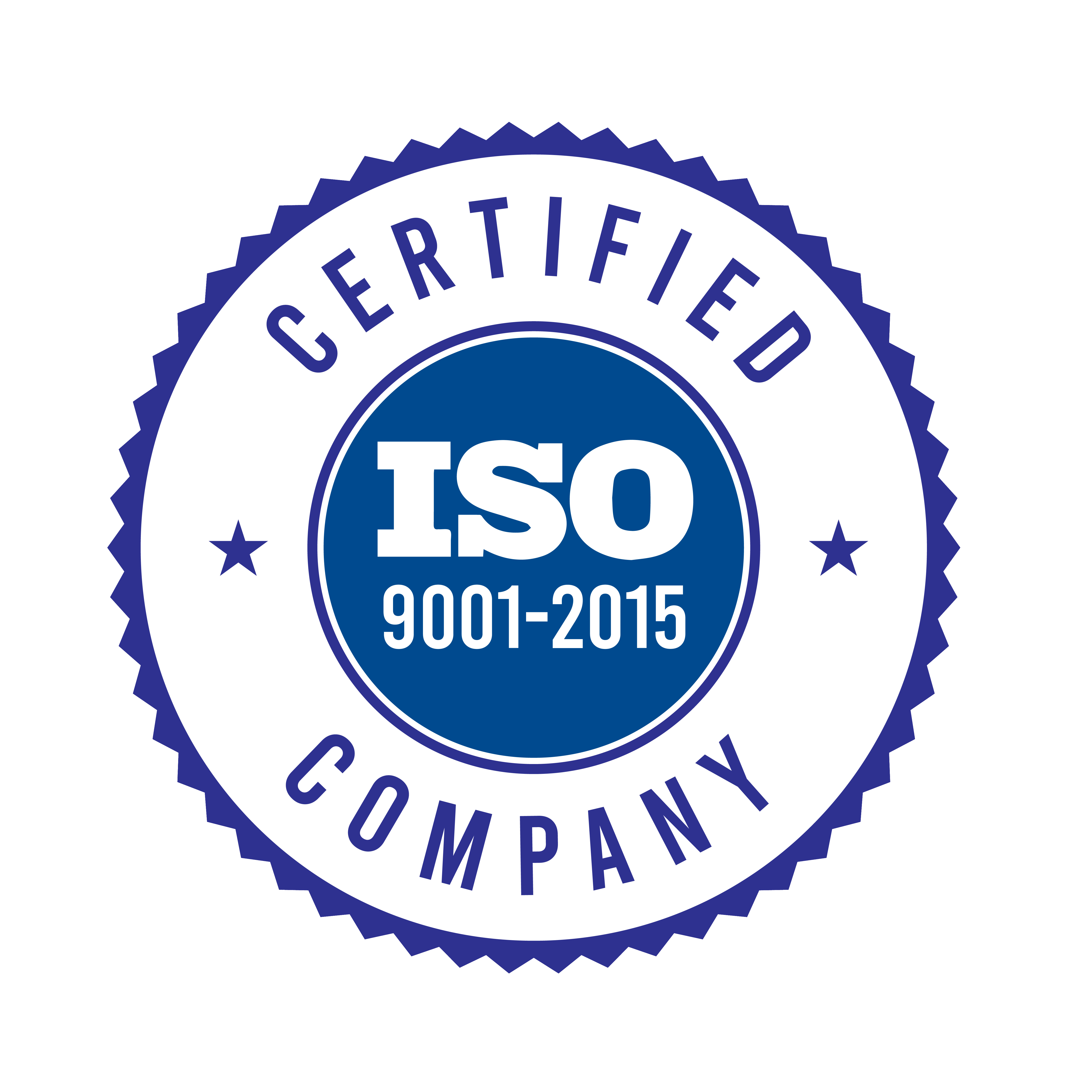Chromate Conversion


HEXAVALENT, TRIVALENT, AND NON-HEXAVALENT CHROMATE CONVERSION
Chromate Conversion is unlike anodic finishes in that the alloy's electrical conductivity is maintained. Fort Wayne Anodizing offers three types of chromate conversion, hexavalent, trivalent, and non-hexavalent chromate. Trivalent and Non-hexavalent chromate offers a non-Hex 6, environmentally friendly alternative to meet RoHS and EU ELV directives, while giving you the corrosion protection and adhesive bonding characteristics you require.
The low cost and high adhesion properties make these Chromate Conversions ideal as a primer for paint, rubber or other finish applications. Once treated, the metal surface is very resistant to moisture penetration significantly increasing the durability of the final metal finish, be it paint, powder coating or rubber.
Additional advantages of the Chromate Conversion processes are very low build up on the metal, it typically creates an eye pleasing iridescent color and the coating becomes an integral part of the metal surface. Add restrictive Type II Anodizing or Industrial Hard Coat to the finishing process and you can manage the conductivity, hardness and color to meet a wide variety of design requirements on a very economical basis.
- Electrical Conductivity …Parts undergoing the Chromate Conversion process remain highly conductive. Conductivity can be managed by adding Type II or Type III restrictive anodizing into the metal finishing process
- Excellent Adhesion Qualities …Chromated surfaces provide an excellent base for paint, powder coating and rubber, significantly increasing endurance of the finish
- Thin Surface Build Up …Typical finishes are less than .0000005” in thickness, and can meet very high tolerance requirements
- Corrosive Resistance …Excellent resistance from the elements, especially to moisture.
- Wide Application …Extrusions, machined components and castings may all be processed
- Scratch Resistance …Chromate Conversion film is “self healing: to minor scratches and abrasions
- Visually Appealing …The process leaves behind a clear or golden iridescent coating on aluminum parts.


